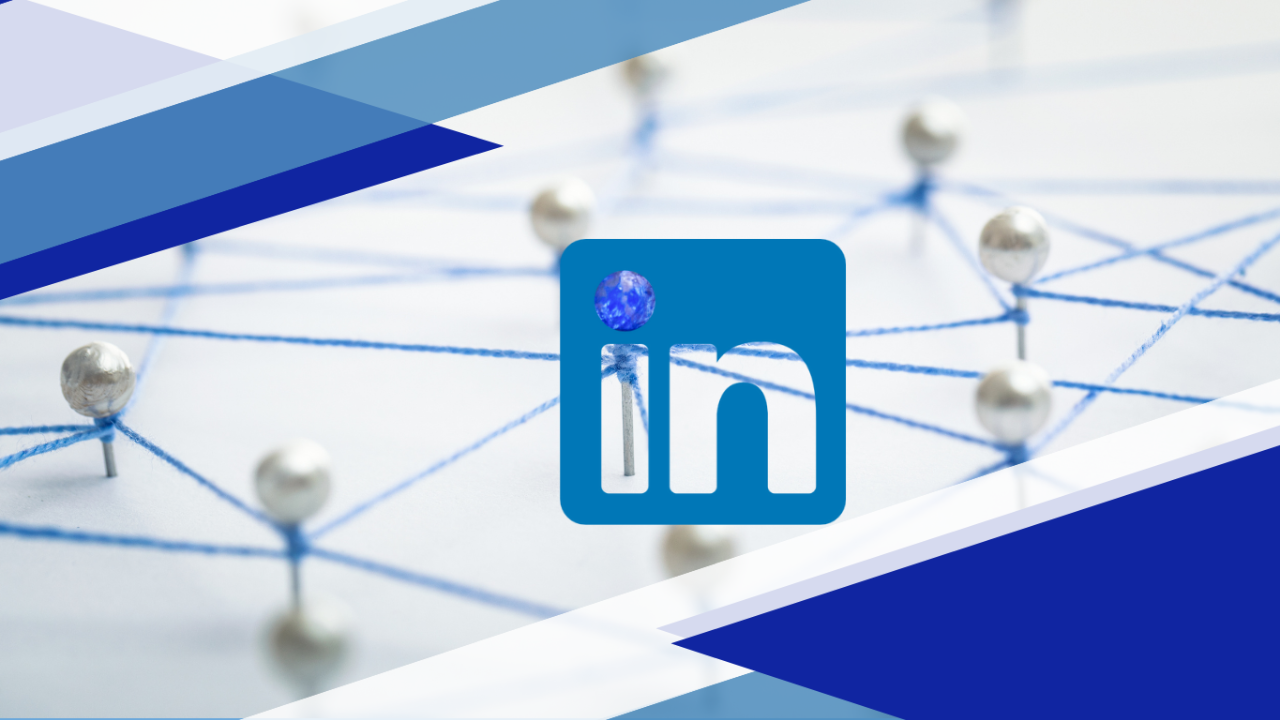The 5 Common Mistakes to Avoid on LinkedIn
Aug 12, 2024
LinkedIn is often seen as a digital space where professionals can connect, share, and grow their careers. However, to truly leverage LinkedIn's potential, one must navigate its waters with caution. While many assume that more visibility, openness, or connections are always better, the reality is far more nuanced. This original viewpoint by VCII explores the five common mistakes that, if avoided, can significantly enhance your LinkedIn experience and professional impact.
1) Do Not Show Weaknesses or Vulnerability
Why:
The common view is that displaying vulnerability or openness—like using the #OpenToWork badge—shows authenticity. However, in the competitive professional environment of LinkedIn, this can often signal desperation or a lack of stability. While some believe that being transparent about your job-seeking status might attract sympathy and support, the reality is that it can also attract less favorable attention. People may perceive you as less resourceful or even desperate, which can harm your professional image.
What to Do Instead:
Present yourself as confident and capable, regardless of your employment status. Highlight your skills, achievements, and the value you can bring to potential employers. If you're job hunting, reach out to your trusted network privately instead of broadcasting it. This approach maintains your professional image while still getting the word out to those who can help.
2) Do Not Expect Free Favors
Why:
It’s easy to assume that LinkedIn is a community where professionals freely help each other. However, in reality, LinkedIn is a platform where interactions are often transactional. People, especially those in decision-making positions, are typically driven by mutual benefit rather than altruism. Expecting favors without offering something in return can lead to disappointment and could even damage your reputation.
What to Do Instead:
Adopt a give-and-take approach. Before asking for a favor, consider what value you can provide in return. Offer your expertise, share valuable insights, or help others connect with opportunities. Building a reputation as someone who contributes meaningfully will make others more willing to assist you when you need it.
3) Do Not Be a Groupie
Why:
Many believe that by consistently liking, commenting, and sharing content from professionals with large followiwership or influencers, they'll gain visibility and favor from these high-profile users. However, the reality is that these influencers often focus more on growing their follower base than on building personal connections. Following and supporting them with the hope of getting noticed can be a fruitless endeavor.
What to Do Instead:
Engage with content that genuinely resonates with you and where you can add value. Contribute thoughtful comments that spark meaningful discussions rather than simply seeking attention. Build authentic relationships with professionals who share your interests and can provide reciprocal value. This strategy is far more likely to lead to beneficial connections.
4) Top Voices Are Not What They Seem
Why:
The "Top Voice" badge is often seen as a mark of expertise and authority. While this may be true in some cases, the reality is that these badges can be awarded based on activity levels rather than the quality of insights. Relying solely on this label can lead you to prioritize quantity over substance.
What to Do Instead:
Don’t be swayed by titles alone. Instead, critically evaluate the content for its depth, relevance, and practicality. Follow individuals who consistently offer valuable and actionable advice, regardless of whether they carry a "Top Voice" badge. This approach ensures you are getting the most meaningful content, rather than just the most frequent.
5) There Are No Friends on LinkedIn
Why:
It’s a common misconception that LinkedIn can be used to make friends, much like other social networks. However, the reality is that LinkedIn is more akin to a professional conference—it's a space for networking, not for building personal relationships. Treating it as a platform for friendship can dilute your professional focus and undermine your goals.
What to Do Instead:
Approach LinkedIn as a professional networking tool. Focus on building connections that can help you achieve your career objectives. Keep interactions professional, much like you would in a business meeting or at a conference. While it’s great to be personable, remember that LinkedIn is primarily about business, and your interactions should reflect that.
LinkedIn offers vast opportunities for professional growth, but only if used strategically. By avoiding these common mistakes, you can strengthen your presence on the platform, build valuable connections, and achieve your career goals. Remember, LinkedIn is not just a social network; it's a professional arena where understanding the rules of engagement can make all the difference in your success.
We have many great affordable courses waiting for you!
Stay connected with news and updates!
Join our mailing list to receive the latest news and updates from our team.
Don't worry, your information will not be shared.
We hate SPAM. We will never sell your information, for any reason.


